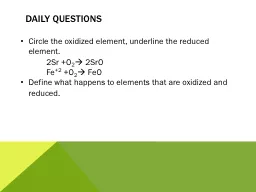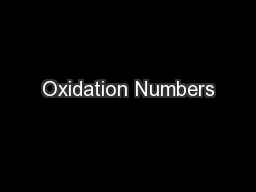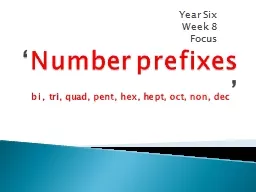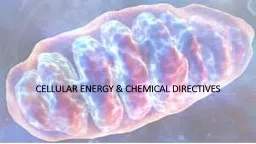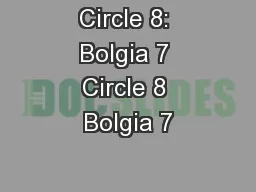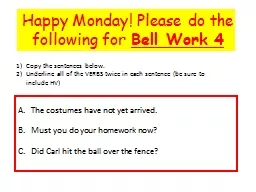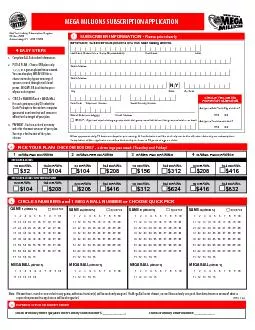PPT-Daily Questions Circle the oxidized element, underline the reduced element.
Author : lindy-dunigan | Published Date : 2018-03-13
2Sr O 2 2SrO Fe 2 O 2 FeO Define what happens to elements that are oxidized and reduced Objectives C51 State that electrolysis is the chemical effect of electricity
Presentation Embed Code
Download Presentation
Download Presentation The PPT/PDF document "Daily Questions Circle the oxidized elem..." is the property of its rightful owner. Permission is granted to download and print the materials on this website for personal, non-commercial use only, and to display it on your personal computer provided you do not modify the materials and that you retain all copyright notices contained in the materials. By downloading content from our website, you accept the terms of this agreement.
Daily Questions Circle the oxidized element, underline the reduced element.: Transcript
Download Rules Of Document
"Daily Questions Circle the oxidized element, underline the reduced element."The content belongs to its owner. You may download and print it for personal use, without modification, and keep all copyright notices. By downloading, you agree to these terms.
Related Documents

